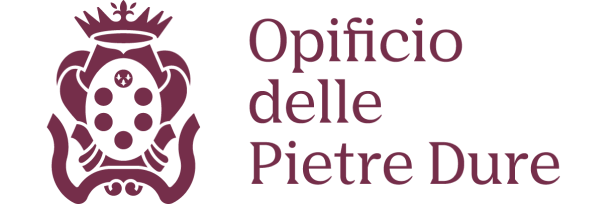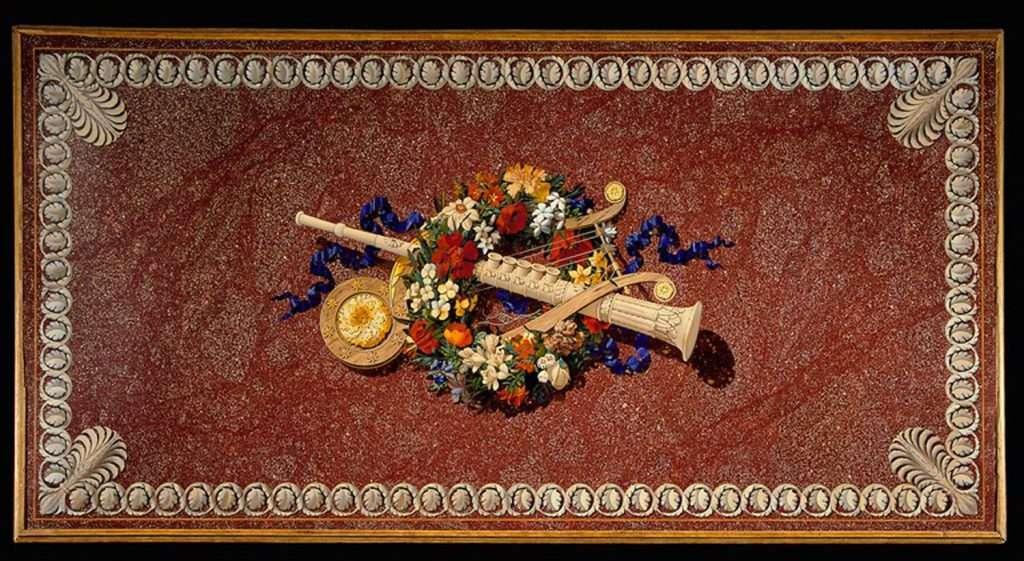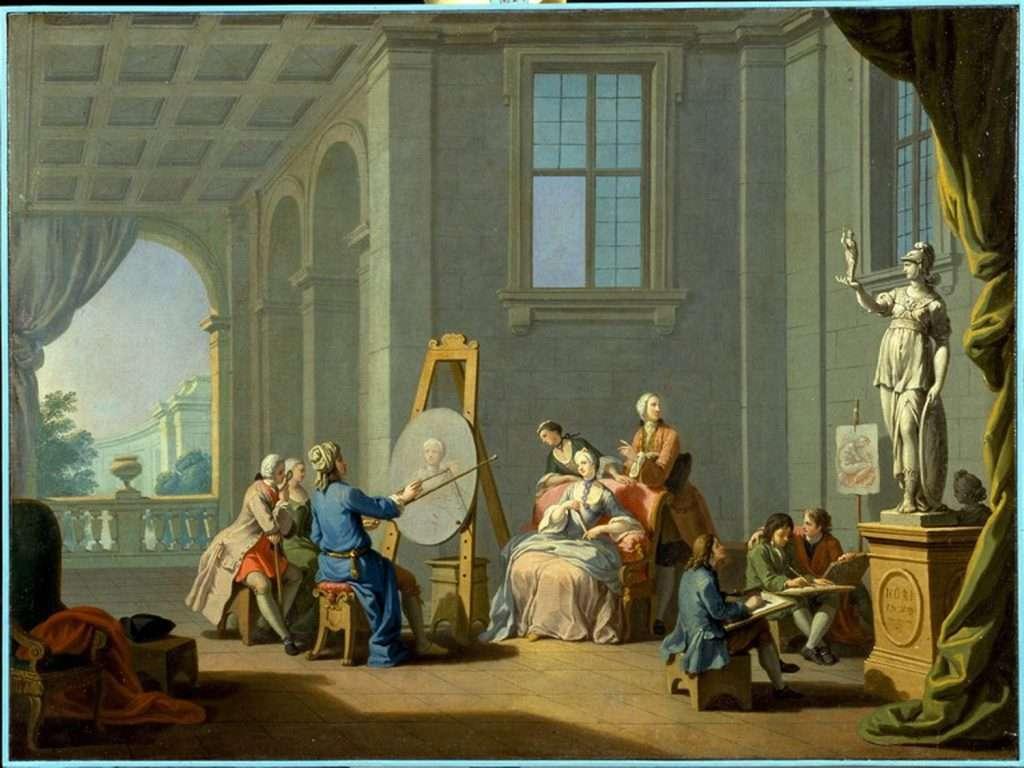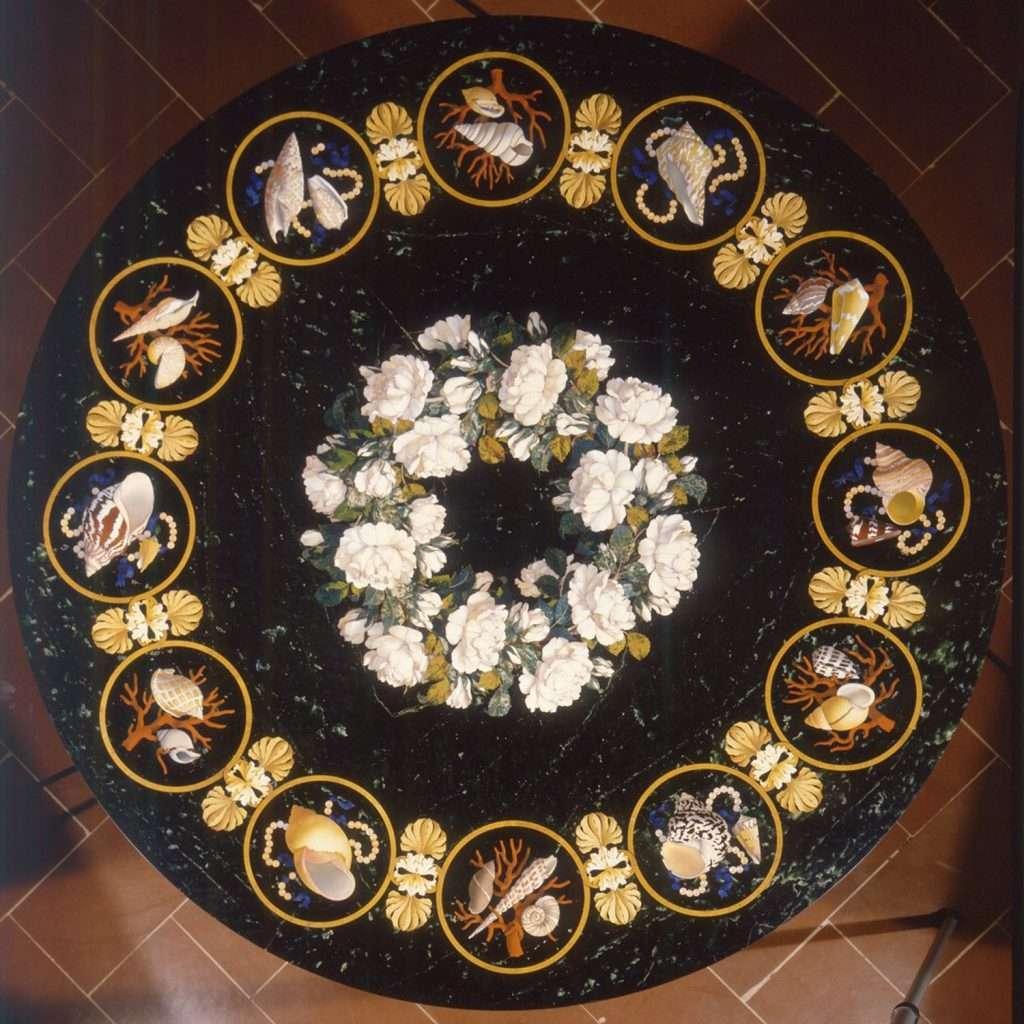

Descrizione
In 1737, with the death with no heirs of the grand duke Giangastone de’ Medici, the government of Tuscany passed to Francesco Stefano of Lorraine (1737-1765). Even though he permanently resided in Vienna, he had the chance to visit the workshop during a brief stay in Tuscany. In the early Lorraine period, the creations of the workshop continued the well-known naturalistic repertoire of flowers and birds, just as during the later Medici period. A turning point in style occurred from 1748, when the artistic direction was assigned to the French goldsmith Louis Siries, founder of the dynasty of artists who held the guide of the workshop for four generations. He decided to abandon “the ancient tendency to represent grotesques and flowers on a black background”, to create pictures with architectures and figures instead. After a century of predominance of flowered wreaths, multi-colored birds and fruity festoons, contemporary painting made its appearance in the semiprecious stones of Florentine mosaics. The taste for the pictorial genre of landscapes can be seen in naturalistic panels made after models by the Florentine painter Giuseppe Zocchi, collaborator of the workshop from 1750 to 1767. At the end of the eighteenth century, the success of Neoclassicism led to the realization of artworks with antique-style vases, musical instruments, shells and so on: these motifs were suitable for the decoration of furniture, tabletops and small precious objects, abundantly produced under the French dominion, when the workshop was allowed to accept orders not only from the court but also from the cosmopolitan society of Florence.
Sezione successiva




